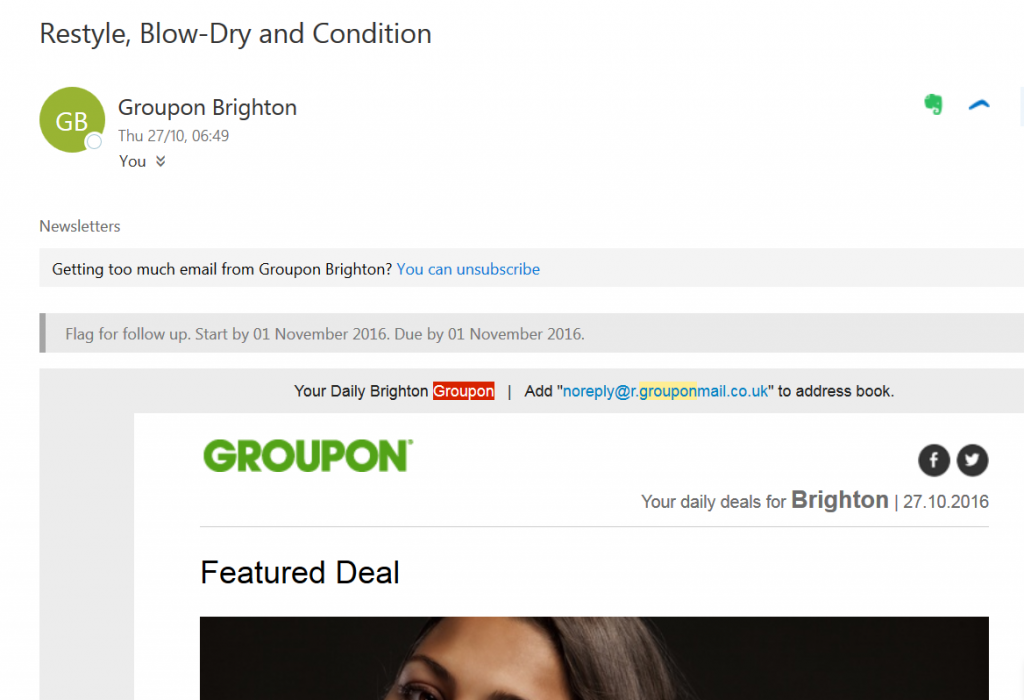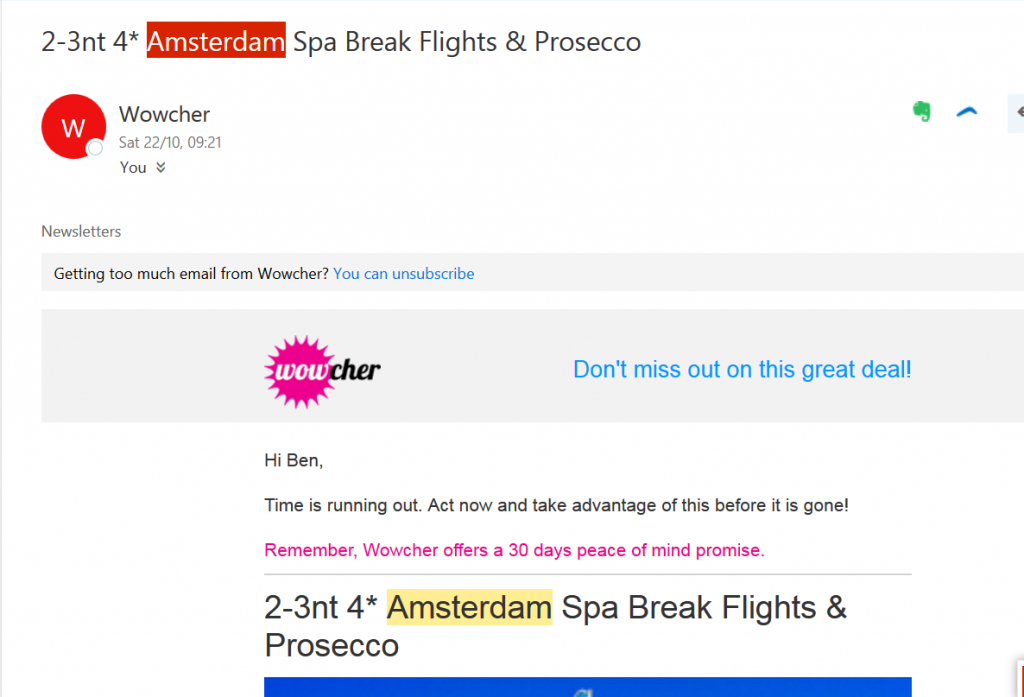What is e-commerce?
Financial Times (2016) suggest that e-commerce can be defined as the buying and selling of goods over the internet. This can take the form of business-to-business (B2B), business-to-consumer (B2C) or consumer-to-consumer (C2C) transactions. However, this might be too simplistic and Chaffey (2007) suggests that e-commerce is all electronically mediated transactions by an organisation and any third party it deals with, including non-financial transactions such as a request for information. ‘E-commerce is booming in Britain’, and the British do a greater share of their retail spending online than almost anyone (see chart below). Comparatively, the construction industry is not performing on par with other business sectors in e-commerce (Bhutto, Thorpe & Stephenson 2014). Let’s explore how firms in the construction industry might improve this.
(Economist, 2016).
User-Friendly
Huang & Benyoucef (2013) suggest factors that contribute to the user friendliness of a website include; simplicity of use, the speed of locating an item, the perceived ease of navigating the website, consistent design formats, and the ability of users to control their movement within the system. Having a user friendly site is a key consideration for e-commerce and needs to be high on a firm’s agenda when they are looking to increase e-commerce sales. A good example which follows the above suggestions is http://www.diy.com/. This site might be used as a useful benchmark for smaller construction firms looking to compete with the bigger retailers. It is important to tailor to your customers and Landry (2014), suggests it is important to test with customers before implementing what you feel is user friendly as they are the ones who know!
SEO
Pham (2014) suggests that if you want to increase your sales and outpoint your competitors, SEO is a must. Enge, et al (2012) suggest search traffic is among the best quality available on the web, primarily because a search user has expressed a specific goal through the query and when this matches a product or brand the web store carries, conversion rates are often extremely high. Therefore, improving SEO is a useful way to increase e-commerce sales. This could be particularly relevant in the construction industry, as generally customers will be searching for a product in relation to a specific problem – e.g. fixing a fence post. It might be difficult to attract customers in the construction industry with more creative methods used in other industries which could make SEO one of the top priorities for driving traffic. For example, a clothing site might use an Instagram fashion blogger to drive traffic to increase sales. It is unlikely target customers in construction would click through to a site because they notice some ‘beautiful looking cement’ on Instagram. Sorry if I have offended any cement enthusiasts… Back to SEO, Chaffey (2007) outlines a number of considerations for improved SEO including; frequency of occurrence in body copy, number of inbound links (page ranks), Title HTML tag and metatags. SEO is a broad and technical subject and would require a blog on its own! For a useful overview, check out this article by the entrepreneur https://www.entrepreneur.com/article/237819. This article specifically focuses on the construction industry http://www.pauleycreative.co.uk/2011/04/seo-for-construction-companies.
Paid search
Although Jerkovic (2009) suggests organic search results have typically acquired more trust, which can result in increased conversion and therefore increased sales, Yoast (2016) suggests there is still an argument to utilise PPC alongside SEO in order to increase sales. One benefit is having twice the data to analyse which could enable you to make more informed decisions on how to increase sales (Bunn, 2015).
Video Content
Lazazzera (2015) suggests that product videos can have an incredible ability to increase conversions by helping people understand your product and provide customers with as much information as possible about the products you offer. This might be particularly useful in construction as many products may require a demonstration for some users; for example a DIY customer fixing a fence post.
Customer reviews
Stats from Smart Insights (2017) demonstrate how important reviews and ratings are for e-commerce sales. It is important not to be concerned about ‘bad reviews’, as in fact offering reviews can not only allow you to improve your product or service but actually directly increase sales. Customer reviews might be even more important in the construction industry as it is often essential that products are effective or it might result in a disastrous piece of building work or even a dangerous situation. Customer reviews, therefore, might reinforce trust for these products. A good example from www.diy.com below!
Avoid surprise!
Smart insights (2016) highlight the importance of avoiding surprise for customers by adding additional costs at shipping which can ruin conversion rate. This might be tempting for construction firms if they are shipping heavy weight as they may feel the rates are expensive. However, price perception is an important part of buying psychology so avoid adding additional costs to boost sales!
Takeaway
There are numerous techniques that can be implemented to increase e-commerce sales, however it is important to consider the industry when prioritising. It would be interesting to hear the thoughts of others on techniques to increase sales via e-commerce? Or possibly examples of companies in the construction industry achieving success via e-commerce?
Disclaimer: This is a student blog forming part of a digital marketing business studies module.
References
Bhutto, K., Thorpe, T. and Stephenson, P. (2014) E-COMMERCE AND THE CONSTRUCTION INDUSTRY. [Online] Available at https://www.researchgate.net/publication/265117619_E-COMMERCE_AND_THE_CONSTRUCTION_INDUSTRY [Accessed 14 February 2017]
Bunn (2015) 6 Benefits of Running SEO and PPC Campaigns Together. Blue Frontier. 9th February 2015 [Online] https://www.bluefrontier.co.uk/company/blog/item/6-benefits-of-running-seo-and-ppc-campaigns-together [Accessed 17 February 2017]
Chaffey, D. (2007) E-business and E-commerce Management: Strategy, Implementation and Practice. Pearson Education: Vancouver
(Constructech, 2015) Payment Solutions Provider Offers Extension to Ecommerce. 20th August 2015 [Online] https://constructech.com/payment-solutions-provider-offers-extension-to-ecommerce/ [Accessed 15 February 2017]
Economist (2016) ‘All that is solid melts into air’ The Economist 19th November 2016 [Online] http://www.economist.com/news/britain/21710271-britons-do-more-their-shopping-online-almost-anyone-else-move-cyberspace [Accessed 10 February 2017]
Enge, E., Spencer, S., Fishkin, R. and Stricchiola, J. (2012) The art of SEO. O’Reilly: Media, Inc.
Financial Times (2016) Definition of Ecommerce [Online] http://lexicon.ft.com/Term?term=e_commerce [Accessed 10 February 2017]
Huang, Z. and Benyoucef, M. (2013). From e-commerce to social commerce: A close look at design features. Electronic Commerce Research and Applications, 12(4), pp.246-259.
Jerkovic, J. (2009) SEO warrior: essential techniques for increasing web visibility. O’Reilly: Media, Inc
Landry, J (2014) ‘15 Ways to Make Your E-Commerce Site User-Friendly’ 17th November 2014. [Online] https://www.semrush.com/blog/15-ways-to-make-your-e-commerce-site-user-friendly/ [Accessed 22 February 2017]
Love, P.E. & Irani, Z. (2004) An exploratory study of information technology evaluation and benefits management practices of SMEs in the construction industry. Information & Management, Vol. 42, No.1, pp.227-242.
Lazazzera (2015) ‘How to Use Video to Increase Conversions and Sales in Your Ecommerce Business’. Shopfiy 20th May 2015 [Online]
Pham, X. (2014) ‘The Top 6 Most Important Factors in Building e-commerce Websites’ Woorockets. 1st October 2015 [Online] http://www.woorockets.com/top-6-important-factors-building-e-commerce-websites/ [Accessed 15 February 2017]
Smart Insights (2017) ‘Human Psychology Hacks that Boost Ecommerce Purchases’ February 21st 2017 [Online] http://www.smartinsights.com/marketplace-analysis/consumer-buying-behaviour/human-psychology-hacks-boost-ecommerce-purchases/?utm_source=dlvr.it&utm_medium=twitter [Accessed 23 February 2017]
Smart Insights (2016) ‘Incredible new stats show just how important reviews and ratings are for ecommerce sites’ 21st November 2016 [Online] http://www.smartinsights.com/ecommerce/customer-reviews-social-proof/incredible-new-stats-show-just-crucial-reviews-ecommerce-sites/ [Accessed 22 February 2017]




